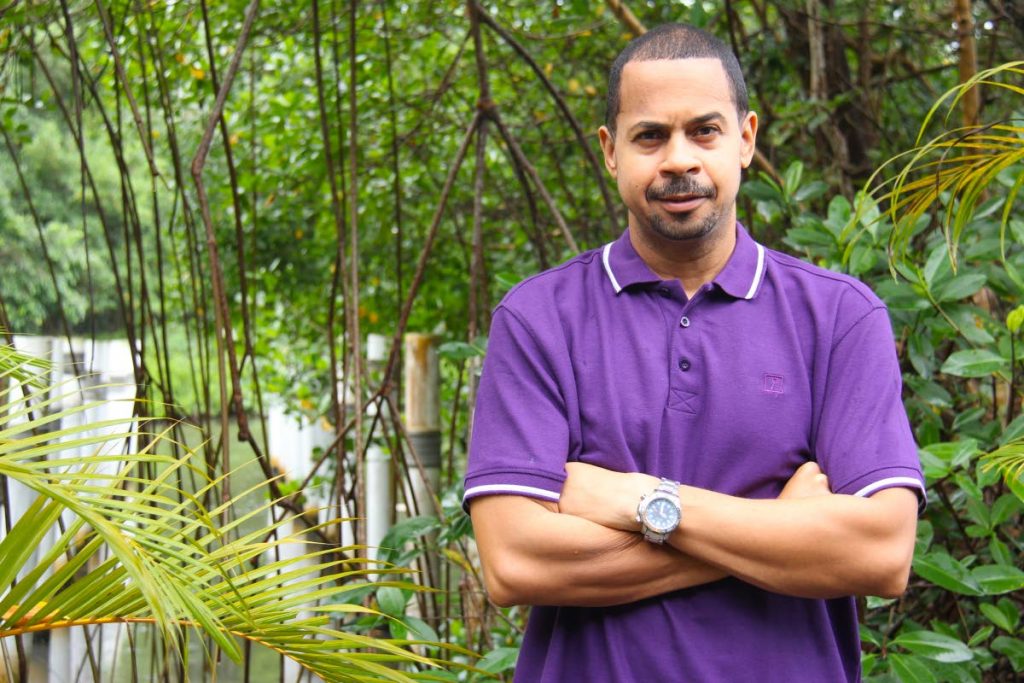The face of Dorian

IMMENSE STORM surges, violent wind gusts, unrelenting torrential downpours; these were just openers for Hurricane Dorian as it redefined the word terror for Bahamians last week. This maelstrom was special in so many ways it was a gyre of devastating superlatives – strongest, most destructive, and slowest moving.
Menacing from early on, Dorian struck the Abaco Islands of the Bahamas archipelago as a category 5 storm. High winds whipped sea freight containers, vehicles and boats around like styrofoam.
Anything that wasn’t nailed down became weaponised in the deadly vortex. What was nailed down was smashed down. Early estimates suggest as much as 45 per cent of the homes on Grand Bahama and the Abaco Islands were destroyed. Twenty people lost their lives and that figure is expected to rise.
It is incredible to read accounts of some Bahamians who survived the pummelling of this ferocious system. One resident described being trapped in neck-high water for about three hours before being rescued. Another recalled looking out onto an ocean where land had been.
For all the destruction in the Bahamas that we know of, there are still immeasurable unknowns. Initial reports are suggesting many of the low-lying islands that make up the chain may have disappeared beneath the waves altogether.
Bahamian Prime Minister Hubert Minnis described Dorian’s passage as “one of the greatest national crises in our country’s history.” Conservative estimates are pegging losses in the billions.
Even after hovering over the Abaco Islands for what must have seemed like an eternity to those lashed by its fury, Dorian was no spent force as it shuffled away.
Although the storm weakened to a category 2 hurricane, people in the Carolinas in the US probably weren’t taking that as a comfort. When Hurricane Sandy made its bid for the record books in 2012, it was “just” a category 1 storm.
Yet it pushed forward an incredible storm surge and, combined with heavy precipitation, triggered extreme flooding. Over nine days Sandy killed 220 people, both in the Caribbean and the US. The damage was estimated to run in the tens of billions.
Still, the quibbling goes on over the influence of man-made global warming on the increased frequency and intensity of these weather systems. Regardless of which side of the fence you come down on, the fact that powerful storms are more frequent and destructive is indisputable. Warmer oceans feeding these behemoths and ongoing sea-level rise which contributes to more deadly storm surge are happening right now.
At any rate, there are climate scientists who postulate, and quite convincingly, that it’s already too late to reverse climate change caused by unbridled consumption and wanton environmental destruction.
What we have to start thinking about is learning to live in a warmer, wetter (in some places drier) and more dangerous world. Humans, including God’s favourites, Trinis, will have to adapt to an increase in destructive storms. On the face of it, we are the furthest thing from prepared for a life of meteorological violence.
In October 2018 heavy rains dumped by an ITCZ drowned vast swathes of Trinidad, even areas that were not Greenvale. The precipitation was considerable, but probably nothing on the order of the 35 inches of rain served up by Dorian in parts of the Bahamas. The flooding event in 2018 was the most widespread in recent memory.
With thousands stranded in their homes, the scale of the deluge exposed frightening flaws in our rescue and response capabilities. Ordinary citizens went into relief and rescue mode, jumping into action to help those in the most distress. While that is a good thing, the authorities that are supposed to be equipped and trained to step into disaster situations were notably absent.
All around us we are fed reminders of how desperately unprepared this country is to confront a major disaster. Under the sunniest skies our health services can’t cope with the day-to-day intake of people needing medical attention.
What contingency plans does T&TEC have for the restoration of power following a major weather event? How often do the army and fire service conduct drills and inventory their equipment to ensure they are ready to handle a severe weather event?
Judging by the State’s response to flooding last October, we aren’t fit for this new world of wild weather.
If there is anything to be learned from the devastation of Hurricane Dorian, you can rest assured we won’t learn it.


Comments
"The face of Dorian"